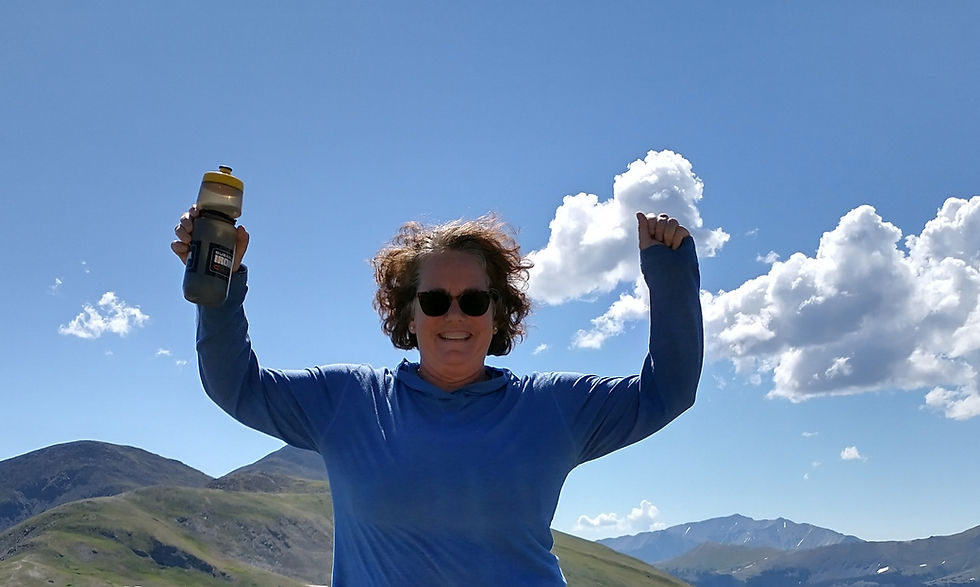Restoring Vitality: Healing Body, Mind, and Spirit After Trauma
- Sep 19
- 3 min read
By Melissa Swonger

When life breaks us open, the journey back to vitality can feel impossible. Trauma has a way of draining our energy, clouding our purpose, and convincing us that we will never feel whole again. I know this because I have lived it. For years, I navigated both visible and invisible wounds—physical injuries that left me in a wheelchair, emotional pain that left me questioning my identity, and spiritual battles that left me weary. What I have learned is that vitality is not lost forever. It can be rebuilt, one step, one breath, one act of fierce love at a time.
My own body was once the site of devastation. A traumatic sever of my Achilles to the bone brought surgeons, skin grafts, and a prognosis that included the possibility of amputation. Doctors and therapists told me I would never walk unassisted again. I could have accepted that story. Instead, I chose a different one. Four years of physical therapy moved me from a chair to walking, and eventually, to summiting mountains. The journey was grueling, but it was also sacred. It reminded me that vitality is not simply the absence of illness or limitation. It is the presence of resilience, purpose, and hope.
That is the work I now dedicate my life to. As a trauma-informed coach, researcher, and founder of The Sage Hill Project, I help individuals rebuild their lives after trauma by tending to body, mind, and spirit. Too often, recovery focuses on just one piece. But true vitality requires integration. Our nervous systems hold memory. Our stories hold power. Our communities hold potential. Healing happens when all of these are honored.
In my work, I weave psychology, theology, and leadership development into practices that empower people to move from survival into wholeness. I call this “narrative integrity”—the ability to honor the truth of your story while reclaiming agency over what comes next. For trauma survivors, this is life-changing. It means you are not defined by what happened to you. You are defined by how you rise, how you choose, and how you love yourself forward.
Restoring vitality after trauma is not about speed. It is about sustainability. It might mean building new rhythms of rest. It might mean learning to regulate your nervous system through breathwork or movement. It might mean daring to set goals that reflect your true self instead of external pressures. For me, it meant leaning into faith, embracing radical kindness, and believing that resurrection was possible even when everything looked dead.

One of the greatest gifts I received on this journey was the love of my mentor, who became like a mother to me. She taught me that healing one life can shift an entire legacy. She helped me see that vitality is contagious—when we rise, we create space for others to rise too. Her impact still fuels my work today.
If you are reading this and feeling disconnected from your vitality, I want you to know there is hope. Your energy, joy, and wholeness can be restored. Begin small. Breathe deeply. Speak kindly to yourself. Choose practices that nourish not just your body, but your soul. Over time, you will discover that vitality is not a destination.
It is a way of living in alignment with your deepest truth.
My story is not unique in its pain, but it is powerful in its reminder: what was meant to destroy you can become the ground of your greatest strength. Vitality is not found in avoiding hardship, but in rising through it. And if I can walk again, summit mountains, and lead others toward healing, then you, too, can reclaim your vitality and live fully alive.
Connect With Melissa




Comments